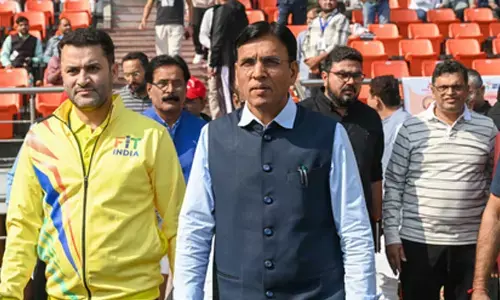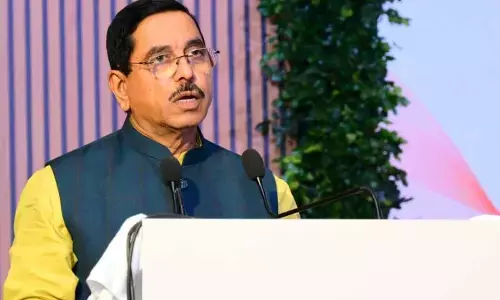Food inflation remains a big worry for Modi govt

The country witnessed weak harvest activity during July-September. The farm GVA (gross value added) growth in the agriculture and allied sectors slowed to 1.2% in the second quarter in the wake of uneven monsoons. This is the lowest GVA for any sector during the period. The sluggishness is evident when we compare it to the previous performances – 3.5 per cent in the previous quarter and 2.5 per cent in the year-ago period. At the beginning of the financial year, the Central government had set a target of 332 million tonne (MT) foodgrain production for the 2023-24 crop year (July-June), a 2.6% increase.
India has over the past six years been recording a robust growth - which averages to 4.6% - in food production. Even then, despite no fall in agriculture sector’s GVA, the share of the sector in the total GVA of economy as a whole is declining. From 35% in 1990-91, it slid to 15% in 2022-23. While it is not decelerating, other sectors such as industries and services account for more GVA in the economy. The cumulative rainfall in the four months of monsoon – June to September 2023 – was put at 820 mm by the IMD, which is lower than the long-period average (LPA) of 868.6 mm. Rainfed farming is said to account for approximately 40 per cent of the total food production in the country. Any unevenness or drop in rainfall impinges on the country’s food security and thus, in turn, nation’s economic stability. Add to the monsoon deficit the delay in sowing operations. However, the first Production Assessment for 2023-24 (Kharif) is largely based on the average yield of last 3 years and may undergo change after receiving the yield estimates based on actual crop cutting experiments.
Meanwhile, joining many organisations, the World Bank has retained India’s economic growth forecast at 6.3% for the current financial year, and 6.4% for the next, citing slow post-pandemic recovery. The growth spree may yet face hurdles in form of retail inflation which jumped to a three-month high of 5.55 per cent in November, primarily due to a rise in food inflation. While, core inflation – non-food, non-fuel segment – is seen easing, Consumer Food Price Index (CFPI) recorded 8.7 per cent inflation rate in November, as against 4.67 per cent in November 2022. Now, any slower food production will see India go for more comprehensive bans on its exports of rice and wheat, which it already restricted, thus exporting food inflation to the world. RBI also cautions about uneven monsoon performance and low reservoir levels.
When inflation goes up, the purchasing power of the people goes down. With increasing unemployment, it may lead to contraction of consumer spending. Rise in food inflation, uneven monsoons and faltering demand are seen together causing a cut in household’s discretionary spending (non-essential expenses). FMCG sector is finding it hard to stay in the black. Going forward, all eyes will be on how the El Nino effect would pan out in the next few months.
The first Advance Estimate of 2023 kharif output forecast that food production may see a 4.52 per cent decline due to El Nino-induced uneven monsoon. Food inflation remains the biggest test for the Modi government when it is seeking a hat-trick, showing robust growth on all fronts. While corporate taxes were cut, petrol and diesel price hikes fuelled the inflation. It is not easy to convince masses starved of food and nutrition. Food will be foremost on their minds, when they cast their votes. The government has its task cut out.
















